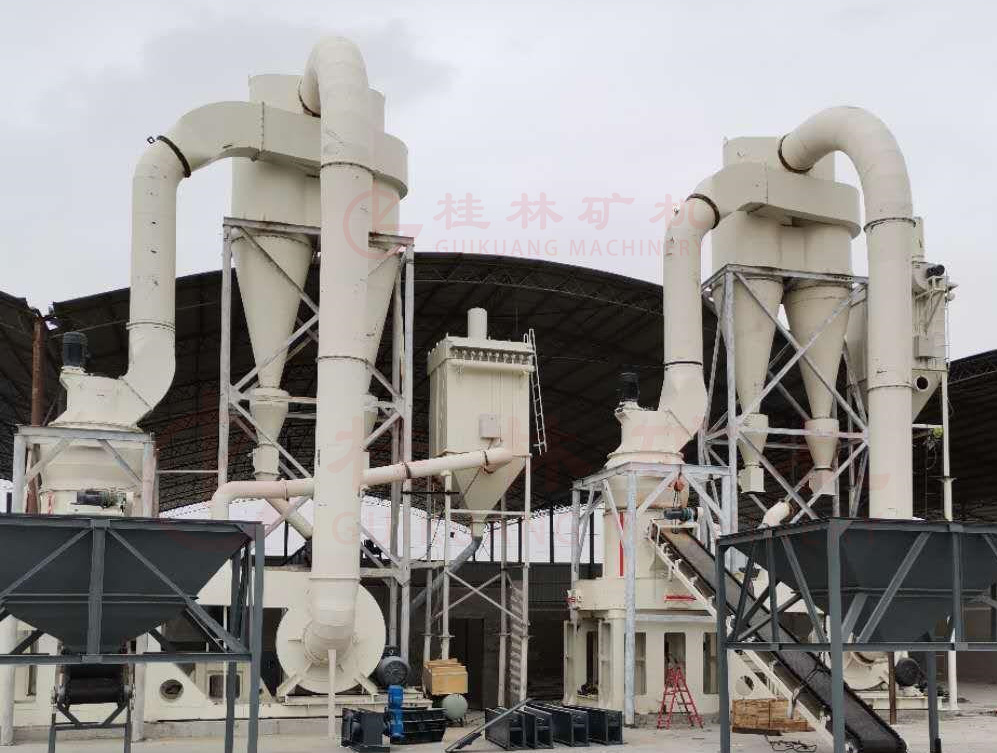Kaolin can be used in papermaking, ceramics, enamel, coatings, refractories, cement, plastics, rubber, petroleum, chemical industry, medicine, light industry, agriculture and other industries. The two main application fields are:

(1) Ceramics is the industry with the earliest application of kaolin and a large amount. The general dosage is 20-30% of the formula. The role of Al2O3 in ceramics is to introduce Al2O3, which is conducive to the formation of mullite, improve its chemical stability and sintering strength, and give good formability to porcelain clay and glaze, which is convenient for forming.
Whiteness is one of the main parameters of kaolin process performance, which can be divided into natural whiteness and calcined whiteness. The higher the calcined whiteness, the better the quality. Ceramic process stipulates that drying 105 ℃ is the classification standard of natural whiteness, calcining 1300 ℃ is the classification standard of calcined whiteness, and the fineness is 45 microns d99-99.97.
(2) In the paint and coating industry, kaolin is mainly used to replace white pigments, especially titanium dioxide. Kaolin with different particle sizes and types is used in different types of paints, coarse kaolin is used in paints that need dim gloss or flat gloss, fine kaolin is used in paints that produce high gloss, or in the manufacture of latex pigments, which can make the coating have better opacity, simultaneity and anti sedimentation, and improve the hardness of the film, Warning film quality.
Paint and coating is the largest consumption field of calcined kaolin, accounting for about 65-85% of the total consumption. High quality calcined kaolin with whiteness of more than 90 and fineness of more than 1250 mesh is widely used in special functions such as interior and exterior wall coatings, anti-corrosion coatings, grinding coatings, heat-resistant coatings, insulation coatings, road sign coatings, waterproof coatings, anti radiation coatings, etc.












